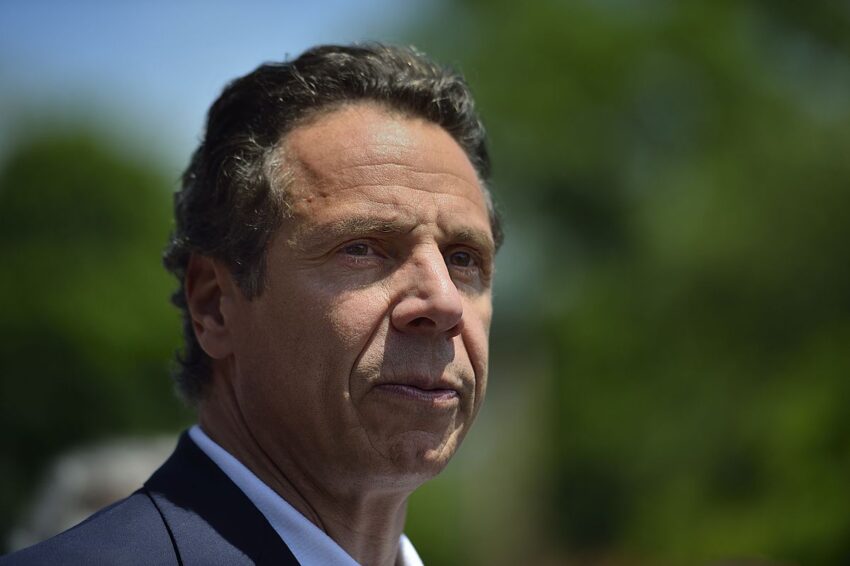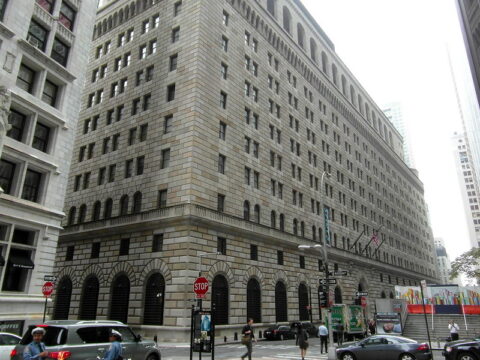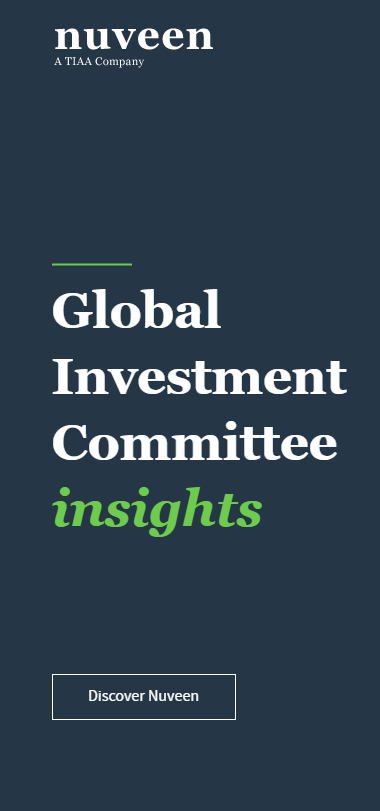
April 11, 2020 – Fitch Ratings revised its outlook on New York State from “Stable” to “Negative” on Friday. This follows similar action by Moody’s taken on April 1.
New York State now has two “Negative” outlooks in the space of two weeks. Fitch maintained the State’s Issuer Default Rating (IDR) at “AA+”. Under Fitch’s methodology, a Negative outlook signals a rating is likely to be adjusted over a 1-2 year period, however a rating change is not inevitable.
The change in outlook impacted the State’s General Obligation (GO), personal income tax (PIT) and sales tax revenue bonds; as well as bonds issued by the Local Government Assistance Corporation (LGAC), Sales Tax Asset Receivable Corporation (STAR) and dedicated highway and bridge trust fund (DHBTF) bonds. Review the press release or contact your Fitch representative for the full list of State-supported or appropriation debt impacted by this outlook revision.
In its press release, Fitch said it viewed COVID-19 impacts as “well beyond the routine cyclicality typically faced by state and local governments” and that while “New York has a track record of very strong operating performance”, the state’s “ability to absorb the shock and maintain financial resilience will be tested by the depth and duration of the recession”.
The report acknowledged Federal aid will be forthcoming, estimating New York would receive roughly $6.7 billion over a full year in additional Federal Medical Assistance Percentage or FMAP (based on the Center on Budget and Policy Priorities projection) and $7.5 billion in COVID-19 expense reimbursement as provided by the CARES Act.
In addition, Fitch noted that the Federal Reserve’s Municipal Lending Facility (MLF) Program may help states including New York address operating cash demand, and said the rating agency considered “liquidity the most significant risk the pandemic presents”.
In relation to the recently passed State budget, Fitch said:
The fiscal 2021 executive budget anticipated $9.2 billion in state PIT receipts in April, equal to 11% of forecast state tax receipts in the new fiscal year, most of which will be collected in July given the state PIT filing delay, in sync with the federal tax filing delay. The temporary liquidity gap that will open through the first quarter of fiscal 2021 will be aggravated further by the impact of job losses and “stay-at-home” restrictions on PIT withholding, sales tax and other tax receipts. For all of fiscal 2021, the budget office estimates a rough impact of $10 billion on budgeted revenues, equal to 11% of state operating funds tax receipts forecast by the governor in January. This figure is likely to change as actual collections come in and provide a better baseline for estimates going forward.
Fitch said New York could, if needed, address any cashflow shortfall by issuing short-term debt of up to $11 billion, as authorized in the FY2021 budget. The $11 billion amount is well under the $21.9 billion Fitch estimates the State can borrow under the Fed’s MLF program.
Contact Jen Lee at JLee@buymuni.com.



